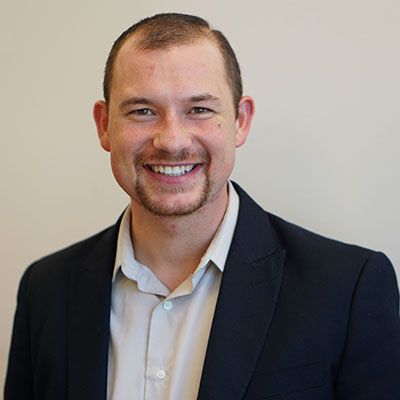Imagine you are a restaurant manager. How would you feel if one day the state health department announced that restaurant managers will carry out the food inspections for their kitchens? Would you worry about your ability to be truly transparent with your customers? Now imagine you are the head coach of a gymnastics team. How would you feel if you arrived at a competition and the officials announced that each team’s coaches will score the performances of their own team members? Would you worry about your ability to honestly and fairly assess the athletes on your team?
Checks and balances are routine in situations like these because combining the roles of manager or coach with the role of evaluator creates a conflict of interest. Yet in education, it’s the norm to ask teachers to both instruct students and rate those same students’ academic achievements.
There’s no law of nature that requires this centuries-old norm in education to be the rule. Perhaps it’s time to consider separating the role of teacher from assessor.
4 reasons why teachers shouldn’t be assessors
Expecting teachers to score their students’ work creates a number of challenges for teachers:
1. Inaccurate grading. Translating learning standards into a rigorous and fair grading system is complex and time-intensive work. There’s an entire field called psychometrics dedicated to developing scientific techniques for ensuring that assessments are valid and reliable. Teachers are not psychometricians, nor do they have the time to develop their assessments using rigorous psychometric methods. Yet, we routinely expect teachers to create their own ad hoc assessments and then report students’ “objective” achievements in their courses based on those assessments.
2. Limited professional feedback. Students’ performance also reflects a teachers effectiveness. If creating objective and reliable assessments is hard, it becomes even harder when the results students earn on those assessments are an evaluation of your own work. When students do well, it’s tempting to just assume you did well teaching them rather than pushing yourself to ask if the assessment was too easy or didn’t cover all the things you should have assessed. When students do poorly, you wonder whether the problem was your teaching or your assessment. In any case, it’s hard to get objective feedback on your performance as a teacher from assessments you created yourself.
3. Scapegoats for poor performance. Students know that there is subjectivity inherent in the grades they get from their teachers. This fact supplies them with a ready excuse to justify when they do poorly. They can chalk up bad grades to a teacher not liking them or not grading fairly, rather than taking responsibility for their performance. There’s a draw to frame their teacher as their adversary rather than their coach.
4. Relationship pressures. Part of a teacher’s role entails developing relationships with students and their families. Unfortunately, the way teachers grade their students can affect those relationships. When getting good grades is “easy,” few students and parents are likely to complain. But when a teacher’s assessments and grading system make good grades hard to attain, that teacher can end up with a flood of phone calls and meeting requests from upset parents. This situation creates pressure for teachers to go easy on their students in order to keep everyone happy. But inflated grades do students no favors in the long run.
By no means am I suggesting that it is impossible for individual teachers to create grading systems that are fair, accurate, and free from outside influence. We all know great teachers who are highly skilled at navigating these challenges. But at the same time, many teachers struggle with managing these tensions. So why not distribute the checks and balances for these challenges across a school instead of putting them on the shoulders of individual teachers?
Unbundling teaching and assessment
Unbundling the role of the teacher and leveraging the benefits of technology could create assessment and grading systems that circumvent the drawbacks described above.
Imagine what this might look like in practice. Students come to school and learn through a variety of face-to-face and online activities designed and curated by their teachers. As they learn, they check their understanding and receive feedback on an ongoing basis. When they complete learning activities that require them to use basic factual or procedural knowledge, software evaluates their performance and provides immediate feedback. When they complete learning activities that require deeper levels of understanding, analysis, and critical thinking, their work gets captured (in video, audio, written, or other formats) and sent to expert graders (employed either by the school or by curriculum providers) for scoring and feedback. Then, as students progress through learning activities, the results from both machine-graded and human-graded assessments create a robust picture of learning and achievement for both the students and their teachers.
There are still many details that need to be figured out to turn the rough ideas articulated above into a working model. But I’m optimistic about the potential of new staffing models that unbundle the role of the teacher and leveraging technology to better measure student learning. A system like this could provide the validity and reliability of standardized assessment and the rigor of human-graded assessment, while also taking the conflicts of interest off teachers’ shoulders, thereby allowing them to be 100% on the side of supporting and coaching their students.


